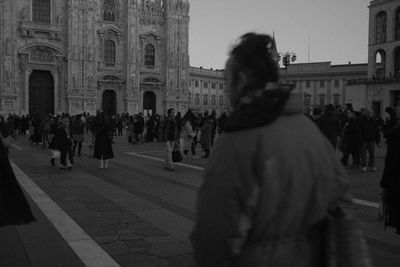Before you get started, fair warning that this post has “takes”, some of which could be considered “hot”. This post is not about web development.
So, Twitter recently stopped allowing political advertising.
This, at first glance, sounds like a good thing — no more big money candidates paying big money for big money reach, no more “as president I promise to” in your TL. For a moment, I actually felt relieved by this announcement, but upon further inspection, I lost that faith. Stopping “all political advertising” is Bad, Actually™, and here are a few reasons why:
- If the ban was explicitly imposed against candidate ads alone (it’s not, and I’ll talk about that in a second), there’s a possibility it could be a good thing, for the above reasons. However, the advertising budget for big money candidates still exists and will still be spent. Whether that’s on huge TV campaigns or billboards or subway signage, the advertising deluge will simply be redistributed, it won’t just go away. The big money messaging might even stay on Twitter, in the form of fake accounts and bots.
- Banning candidate ads is also bad for grassroots movements — plenty of small-budget candidates with really fantastic ideas have, in recent years, been enabled to run and build communities by affordable digital advertising on Twitter, et al. Grassroots candidates will no longer have access to the same reach, and by extension won’t be able to circulate their ideas.
In short, candidates with lots of money, powered by corporate PACs, will continue to be very loud, and smaller-budget candidates will be forced to return to more traditional, outdated methods of community building.
But there’s a more sinister side to this policy change, and that’s the really dangerous part of the whole thing: The ban doesn’t just prohibit candidate ads.
Here’s where this gets really dark.
This implies that Twitter will now be deciding what defines a political issue. Based on Twitter’s stance on refusing to remove violent fascists from their platform, one could infer that “issues” like climate change, women’s safe access to healthcare, and other civil liberties will no longer be acceptable to advertise about.
Further, marginalized groups that face unequaled oppression (on Twitter and every moment of every day IRL) like people of color and queer folks, are no longer able to advertise for their own safety, advocacy, and community-building. John Hanawalt puts this exceptionally well:
This is a classic pattern in “political” conversations — one side wants to take away the rights of a group of people, and litigate them out of validity and existence, and the other side just wants to exist, safely and equally. This is tagged as a partisan or political issue and the conversation gets elevated to mainstream discussion, instead of the correct outcome: The hate group is broken up and the marginalized community is granted the rights and protections they deserve as human beings.
TL;DR
It would be truly wonderful if good ol’ @jack was actually acting in good faith (or even informed faith) by banning political advertising. Unfortunately, this action on its own, without other motion to support and protect marginalized groups (literally just ban the TERFs and the nazis), is a violent action, masked as virtue signalling and progessive policy. Quieting all voices, when the humans behind those voices don’t have equal access to their own rights, isn’t equitable, it’s oppressive.
